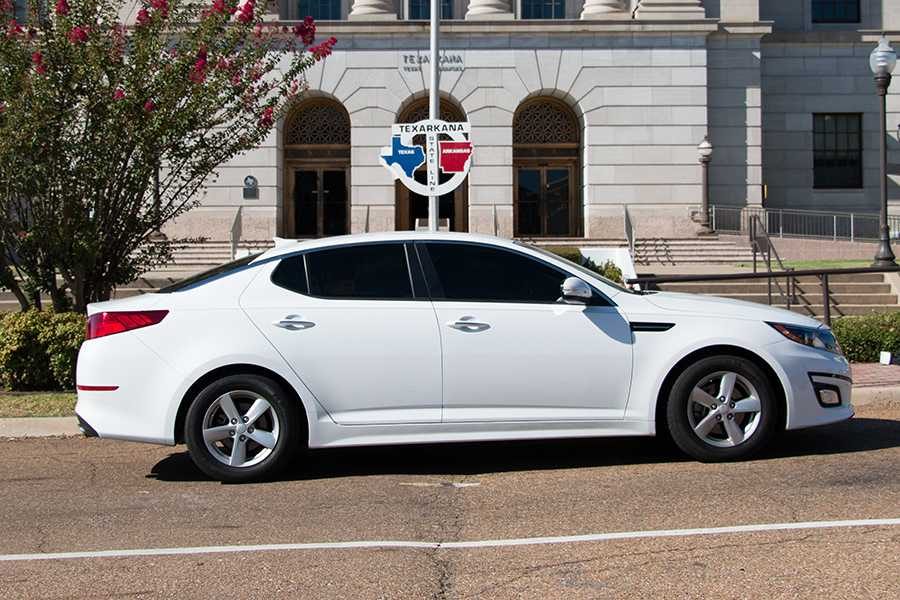Driving in different directions
Students describe the differences of getting their driver’s license in Texas and Arkansas
Photo by Sara Vaughn
October 13, 2015
Buckle your seat belt. Adjust your seat. Check your rearview mirrors. Lock the doors. Put the key in the ignition. Put your foot on the brake pedal and shift gears. Slowly release the brake and drive.
Every teen awaits their 16th birthday when they can get their driver’s license. However, students who live on one side of a line can get it 365 days earlier.
The states of Texas and Arkansas have different policies about how and when teens can get their licenses.
“The process of earning a license in Texas is pretty extensive,” sophomore and Texas resident Will Norton said. “In my opinion, I wouldn’t hesitate to call it overly extensive.”
In Texas, teens must complete a 32-hour drivers’ education course as well as pass a written exam. Then, they can apply for a permit. When they turn 16, they must have completed 44 hours of practice driving with a guardian and pass a driving test. However, Arkansas is much more accommodating toward prospective drivers.
“Honestly, I think it’s a lot easier to get your license in Arkansas rather than Texas,” sophomore and Arkansas resident Haley Goss said. “My reasoning is because in Arkansas driver’s ed is recommended but not required.”
Purchasing a study book in Arkansas is required, however. Similar to Texas, teens in Arkansas must pass a written and driving test.
“The questions on the test are common sense and straight forward questions,” Goss said. “I think it could be just a little bit more strict, so that Arkansas drivers are safer on the roads.”
Also, a major difference between the two states is that a student can get a license in Arkansas at age 15, while in Texas it must be 16, although a student may begin the extensive driver’s education course at age 14.
“When I was taking the course, I noticed that it was extremely repetitive and seldom covered skills that the average driver would use on the daily basis,” Norton said. “It didn’t focus so much on how to drive, as it did what not to do while driving.”
Some students believe that changes could be made to the course to improve its effectiveness.
“I don’t think the problem is how strict it is, I just think it’s way too long,” Norton said. “If they shortened the course from 36 hours to six hours it would be a lot more bearable.”
However, some believe that Arkansas could also raise the intensity of the program.
“On the flip side, I think Arkansas could do a bit more to educate their drivers,” Norton said. “I haven’t been exposed to the curriculum, but from what I hear, you practically drive once around the block and you are certified. Not the best plan in my opinion.”
Despite all of the grievances toward driver’s education, there is some reassurance for those beginning this treacherous process.
“Past all of the redundancies there is still a good bit of vital information useful to the fledgling driver,” Norton said. “Tests are frequent, but it is still ridiculously easy to pass as long as you have the slightest sense. As long as you know it is not safe to fly down the road toward a brick wall pushing 85, then you’ll pass with flying colors.”
















